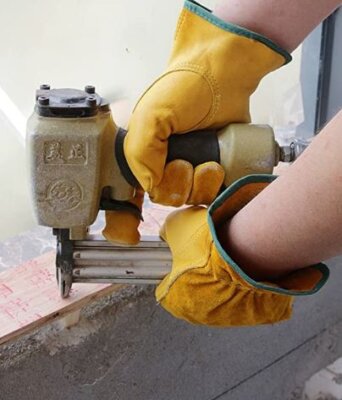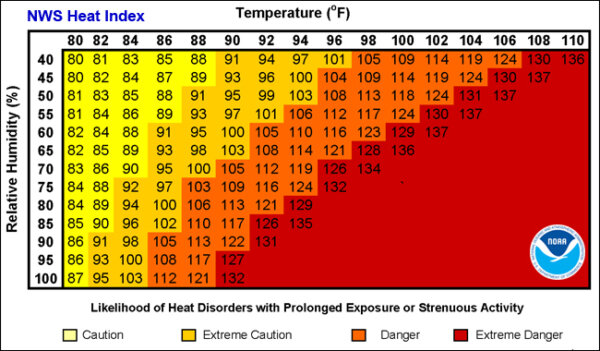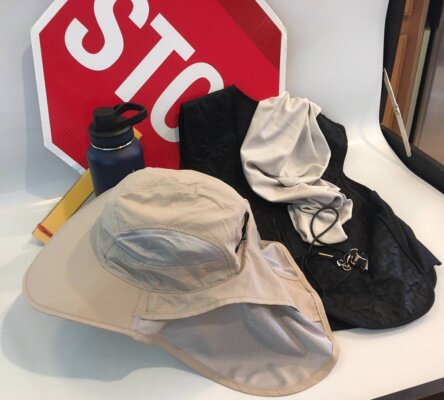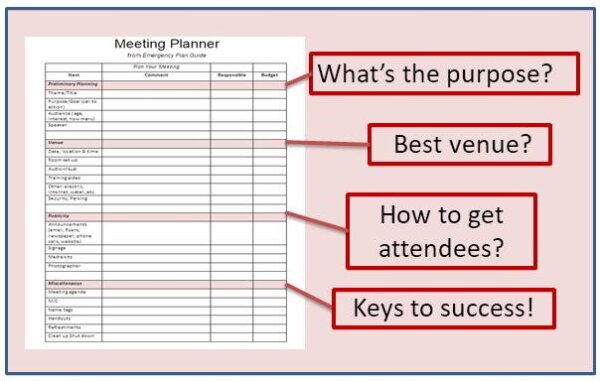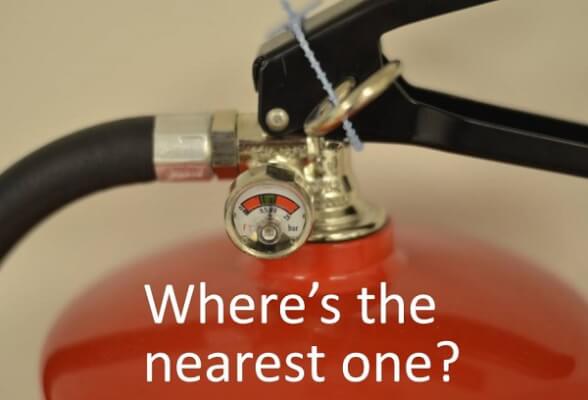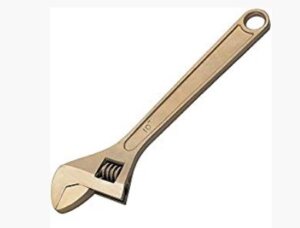Three Ways to Survive An Earthquake — Which two are wrong?

If you exchange personal emails with family or friends and you live in any earthquake-prone corner of the world, you no doubt have heard various recommendations for surviving an earthquake. Let’s look at the three most popular. And let’s make sure you realize which ones are likely to hurt you, not help you survive!
(And if you are tempted to skip this Advisory, because you think you don’t really live in earthquake country, you may want to check out this Advisory. It talks about the risk in areas outside California.)
1. Triangle of Life.
Doug Copp’s “Triangle of Life” method to survive an earthquake became popular, was questioned, then disproved. But still it lingers. You should know the story so you can make sure neighbors don’t try to sell you on this one!
For the reader who hasn’t been subjected to this idea – or the urban-legend discussions around it – the Triangle of Life (ToL) method for surviving an earthquake goes something like this. According to Copp, when an earthquake hits . . .
- Find a solid object to cozy up to, such as a piece of heavy furniture, an interior wall, staircase, etc. That way, when the building collapses, there is a good chance that you will be in a triangular open space or void.
- Getting under a table, for example, actually puts you in more danger of getting crushed in a collapsing or pancaking structure.
Now there are a couple of serious problems with this theory. First, in a real shaker you will not be able to travel to a chosen place in the room or building. Rather, you will be thrown off your feet and will likely hurt yourself in the fall! Moreover, the piece of heavy furniture you are next to will to move — either away from or maybe right over on top of you. Second, Mr. Copp based his theory on data that he — ahem — “adjusted” to fit his solution. You can read more about this whole theory on Wikipedia.
The upshot — as a theory for how to survive an earthquake, the Triangle of Life just isn’t reliable.
2. Get under a doorway.
In the “old” days, an exterior doorway in a brick or adobe building might have been the only place that was reinforced. Today, that could still be the case — but you won’t really know. Moreover, there are fewer and fewer brick and adobe buildings being built. The entire frame of modern buildings, built to earthquake codes. is meant to withstand the shaking and trembling. (No guarantee that the building will actually be habitable afterwards, though.)
And frankly, if you’ve ever been in an earthquake (which I have), you discover that it’s really tough to move across a room to a doorway in the first place. (Same problem as with Triangle of Life, above.) And if you do happen to be conveniently standing in a doorway when the quake hits, you will immediately discover that a swinging door may want to take the same spot you are in! (The door will win.)
3. DROP! COVER! HOLD ON!
Just last week a 4+ quake hit just south of Los Angeles. I personally didn’t feel it, but my ShakeAlert earthquake app did — and gave me a voice warning! (BREAKING NEWS: As of May, 2021 the entire U.S. west coast now has access to ShakeAlert earthquake early warning system! Find out more and get signed up.)
Some neighbors did feel the quake last week. Given social media, they naturally had to write about their experiences. One person wrote as follows: “I felt shaking and suddenly I couldn’t remember what to do! Drop, roll? Drop, cover? I was terrified!”
By now, you have come to the conclusion that the Drop! Cover! Hold on! advice is the advice I’m recommending as the best way to survive an earthquake. It comes in particular from the Earthquake Country Alliance. (Also from the American Red Cross, the U.S. Geological Survey, and others)
A powerful earthquake creates strong shaking — sudden, sharp, back and forth movement. If you try to stand, you will be knocked right off your feet. So the first action is to drop to your hands and knees. That way you are stable and can move as necessary.
Most injuries in earthquakes come not from the building collapsing, but from articles being thrown across the room! Imagine being bombarded by the TV, your computer screen, a bookshelf, a vase off the mantle, the microwave — even the refrigerator! You must cover yourself — and in particular your head — to protect from flying and falling objects! Hence action two: Cover. Best place is under a sturdy table, in the footwell of your desk, etc. away from windows. (If you can’t get onto your hands and knees — because you’re in a wheelchair, for example — protect your head with your arms as best you can.)
Then, because your “shelter” can move, hold on to it and move with it.
IN CONCLUSION . . . skip the controversy for the moment.
In a major calamity, we know that split-second decisions can make the difference between life and death. When a quake hits, you do not have time to look around to figure out a place to be. You are not likely to be able to even get there!
So, DROP, COVER and HOLD ON. Do it immediately, without trying to move to another place or another room. If you’re in a workplace setting, ignore your co-workers who are hesitant or embarrassed to crouch down under the desk. We’re talking about being safe, not being cool!
Action Item: Right this minute, raise your eyes from your device and take a quick look around. Look behind you, too. If the earthquake were to hit right now, where would be the safest place for you to get to, get covered, and hang on???
In any case, do be knowledgeable about these different recommendations. They provide a great centerpiece for discussions that will raise people’s awareness. The discussion alone will save some people’s lives by getting them to think about the real dangers of earthquakes before they experience a serious one.
Virginia
Your Emergency Plan Guide team
P.S. This post is about immediate response to an earthquake. Most of us want to think more strategically about managing in a earthquake — and that means doing some thinking and some planning and some preparing IN ADVANCE. That’s what our Q&A Mini-Series booklet can help with. “Prepare Your Home for Earthquake” covers.

- Toughing it out (supplies you need)
- Preparing the interior of your home
- Strengthening the basic structure
- Earthquake insurance
- Finding our about YOUR risk at YOUR location
You can grab the new, Second Edition of our earthquake book right now at Amazon for only $3.99!

